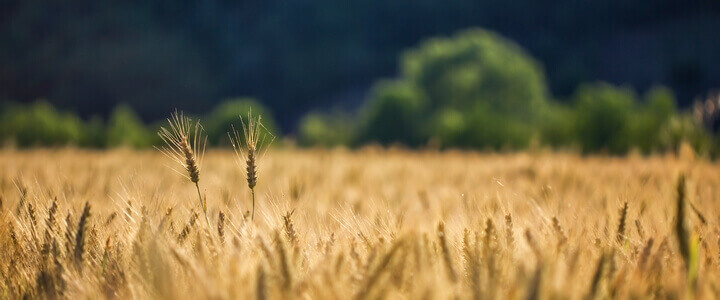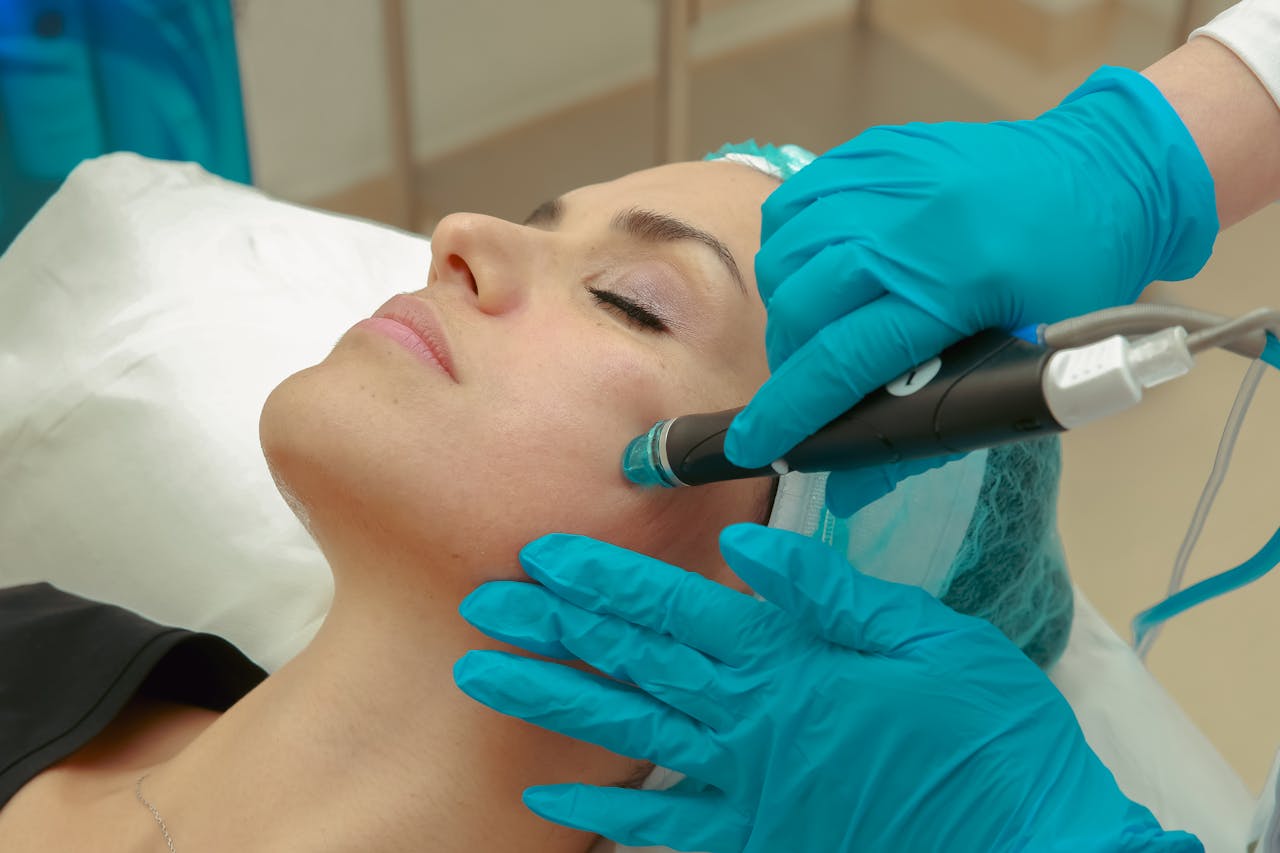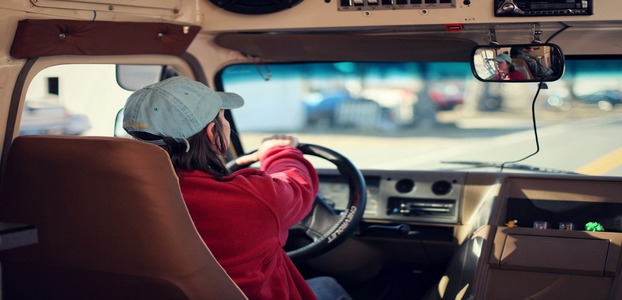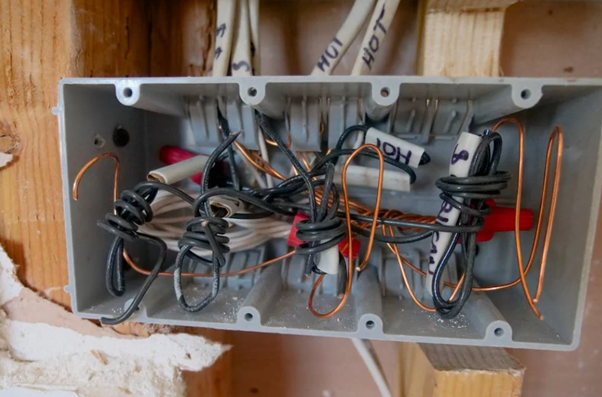Making Farm Safety a Top Priority

Farming is twice as deadly as law enforcement and leads to five times more deaths than firefighting, making it one of America’s most dangerous jobs. In 2018, the fatality rate for farmers was about 25 per 100,000 workers. Sadly, farmers could have prevented many of these fatalities if safety had been a top priority.
Of course, preventing injury and death will require more than a word of caution to workers. The industry is taking some steps to create a safer working environment for farmers.
Personal Protective Equipment
Roughly 100 farmworkers suffer injuries each day that cause a loss of work time. One of the major ways to cut down on risks would be developing a focus on wearing personal protective equipment for farm employees. This safety gear may include goggles, steel-toed boots, hardhats, gloves, form-fitting clothing and earplugs. All PPE should fit comfortably to encourage workers to wear it and protect themselves from potential hazards.
Some farmers are also embracing wearable technology, embedding sensors in PPE to monitor workers’ vitals. These sensors can detect outside temperature, noise level and even physical objects that might cause struck-by injuries. They can recognise when a worker is lifting or moving objects incorrectly and promptly alert them so they can change their movement patterns and prevent strain.
Mental Health
A major part of farm safety is ensuring agricultural workers are mentally healthy. Of course, doing so requires more than PPE and safety protocol. Today’s farmers face isolation, financial pressure, an uncertain future and a lack of mental health care. Consequently, suicide rates among farmers have increased by 40% in less than 20 years. In the Midwest alone, where extreme weather has bludgeoned dairy and crop farmers, 450 farmers killed themselves within four years.
To combat this rising risk of poor mental health and suicide, federal agencies and various organizations are developing programs to address mental health concerns. By providing materials, training, grants, a listening ear and other resources to farmers, they hope to implement community-wide programmes, boost farmers’ mental well-being and reduce the suicide rate.
COVID-19 Precautions
This year has brought a new hazard to the health and safety of farmers — the coronavirus. The virus has infected more than 125,000 workers across the U.S., and those working in states with no mandatory protections are suffering the most illnesses. To make matters worse, many of them don’t have access to health care, and replacing workers — for the short- and long-term — can be costly for both consumers and farmers.
To keep employees safe and avoid labour shortages, employers might provide face masks, hold meetings outside and incorporate social distancing procedures. Moreover, as Congress develops new legislation to address COVID-19, it should support farmworkers in need, providing them with hazard pay and expanding benefits and health care coverage.
Heavy Machinery
Heavy machinery like skid steers, tractors, combines, mowers and harvesters can also pose safety hazards to farmers and their employees. One of the most common causes of injury and death involves rollover — especially on hills or inclines. If workers used seatbelts and invested in tractors with rollover protective structures, there would be far fewer fatalities.
Additionally, many workers could avoid injury or death if they shut off machines before working on them. Often, farmers are in a hurry or overly confident and use a stick, pole or even their hands to unclog or fix a running machine. Sometimes, these decisions end in mutilation, amputation or even decapitation. Therefore, it’s essential to read the owner’s manual, understand the equipment’s fundamentals and make repairs safely.
Transportation Incidents
Tractors and other heavy machinery often share the road with other vehicles, making traffic safety a top priority in the agriculture industry. Most machine transportation will occur on narrow country roads with high-speed limits, contributing to a greater risk of a crash. Congestion, high traffic volume, and nighttime driving only increase this risk.
However, workers can minimise their chance of colliding with cars by displaying a slow-moving vehicle sign on the rear of the machine. They should pay close attention to fellow drivers and only turn or park when it is safe to do so. Additionally, they must not maintain speeds over 25 miles per hour.
Protecting Farmers, Protecting America
Two million farms dot America’s landscape, and each one feeds about 166 people globally every year. The agriculture industry must make farm safety a top priority to continue operating at this capacity. Otherwise, worker negligence may lead to labour shortages which could lead to food shortages worldwide. Thus, everyone from small family farmers to the federal government must prioritise safety. Only then will there be genuine food security in America.
Emily Folk is a conservation and sustainability freelance writer. Check out her blog, Conservation Folks, or follow her on Twitter for the latest updates.















